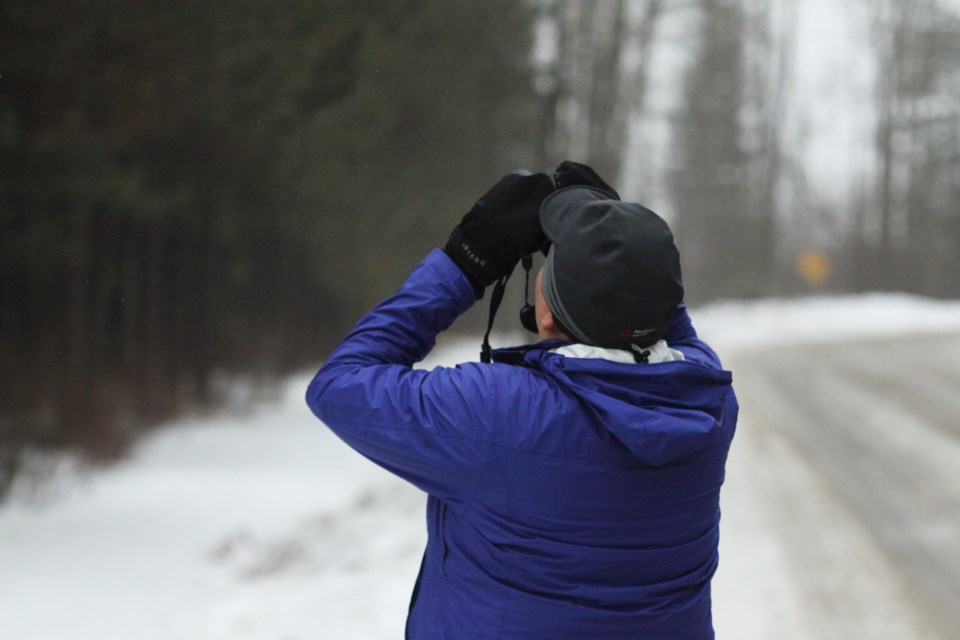PASS LAKE, Ont. – If the lenses on your binoculars are due for a polishing, now would be a good time to bring out a fresh cleaning cloth.
This week is the start of the 124th annual Christmas Bird Count, a roughly three-week, continent-wide initiative that helps naturalists across North America get a handle on which species are thriving or in decline.
“It’s a good example of community-based science,” said Lesley Rudy, a network organizer for Ontario Nature, which helps coordinate the counts.
More information about how to participate is available at the organization’s website.
More than 50 nature groups across the province are set to participate, including the Thunder Bay Field Naturalists, which for the past 30 years has conducted its count on Dec. 26.
The club covers 14 different areas inside and outside of the city, “where 14 different teams go out and search each area for birds,” said Brian Ratcliff, a local expert who writes a regular bird column for The Chronicle-Journal.
“There are also a number of people who monitor their bird feeders and report their sightings at the end of the day,” Ratcliff said.
This season’s count kicks off on Thursday and ends on Jan. 5.
Though participants don’t have to be experienced bird-watchers and can take part individually, it’s a good idea to co-ordinate with an official group to prevent overlap, said Rudy, who is based in Kingston, Ont.
Counters can also sign up directly with Birds Canada, one of the event’s main organizers, or the National Audubon Society.
“Information collected by thousands of volunteer participants forms one of the world’s largest sets of wildlife survey data,” a Birds Canada backgrounder said.
“The results are used by conservation biologists, environmental planners, and naturalists to assess population trends and distribution of birds.”
Previous studies on Canada’s bird populations have shown “shorebirds, grassland birds, and aerial insectivores have rapidly declined, while waterfowl and birds of prey populations have recovered from historical lows.”
Participants in the bird count observe and count for a single day only.
During last year’s Canadian count, more than 3.2 million birds were reported, consisting of about 280 species.
The top 10 “most abundant species” from highest to lowest were American Crow, Canada Goose, Mallard, Dark-eyed Junco, American Wigeon, Bohemian Waxwing, House Sparrow, Dunlin, Snow Goose, and Rock Pigeon, according to Birds Canada.
No new species were added to the all-time Canadian list, which remains at 439 species, it added.
Sandy Barro, a Thunder Bay Field Naturalists member, said she and her husband recorded about 15 species during last year’s count just west of Thunder Bay, including bald eagles, a peregrine falcon and a White-Winged Crossbill.
“It is special to see something you don’t normally see,” said Barro, who often bird-watches near her Pass Lake home.
The Chronicle-Journal/Local Journalism Initiative
